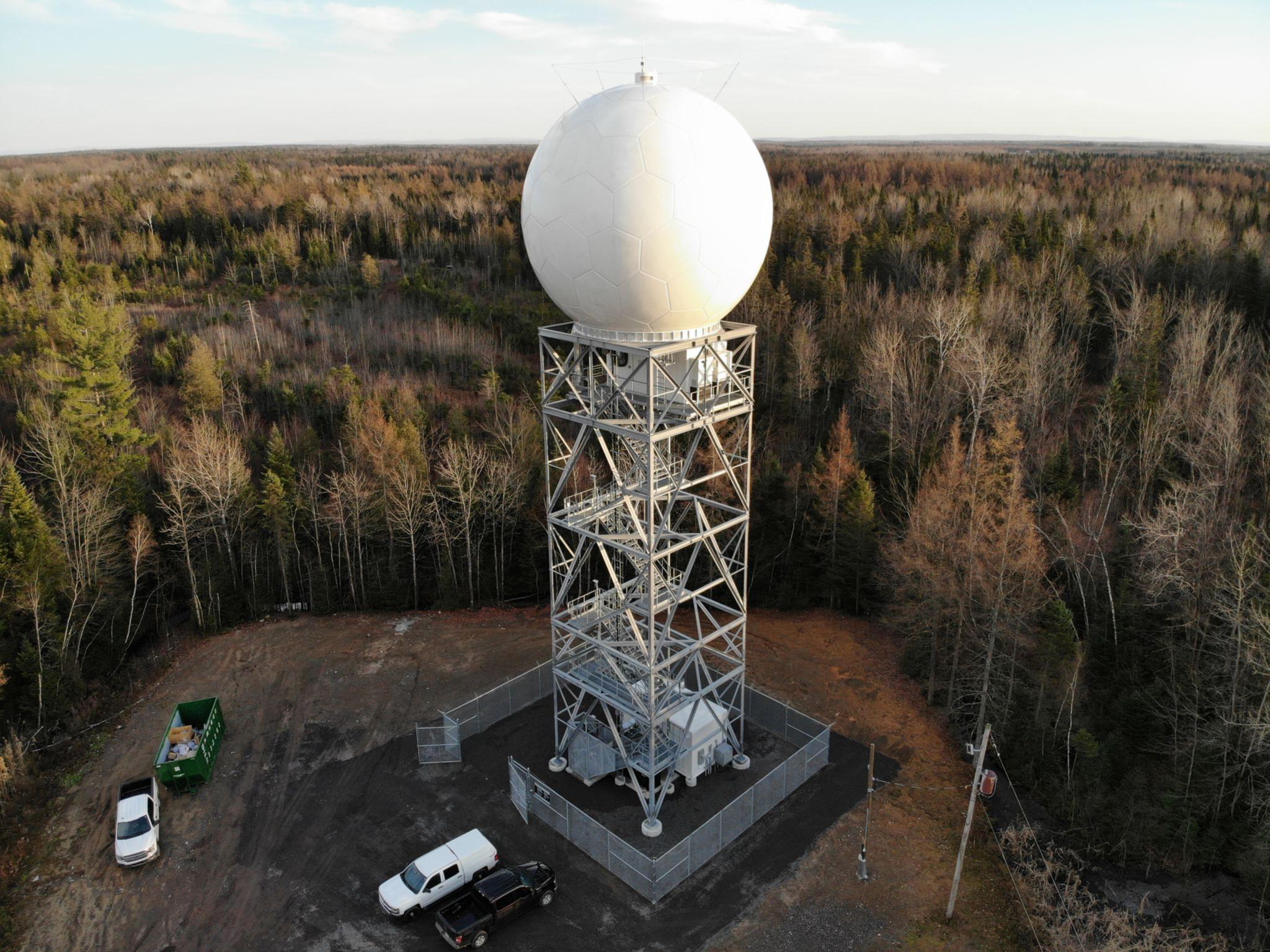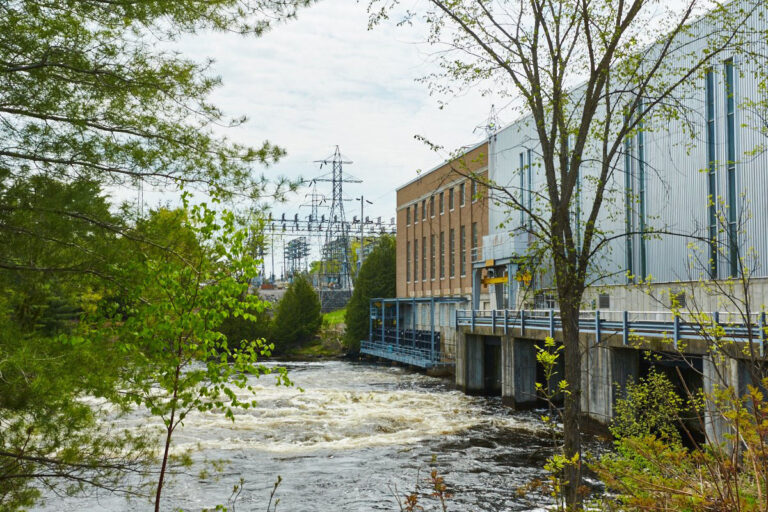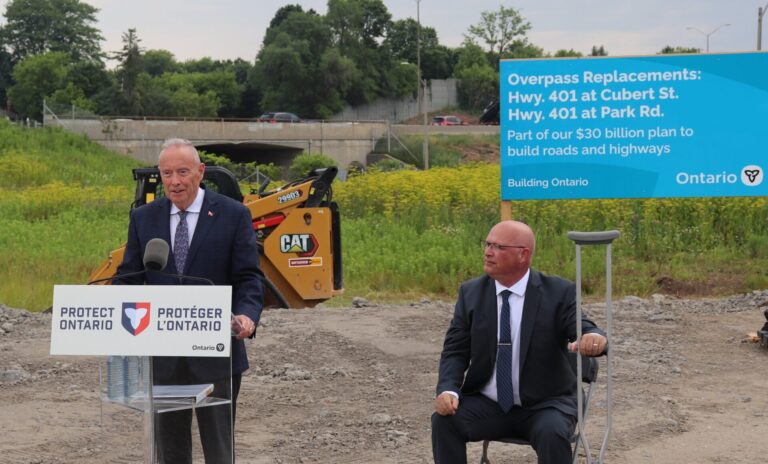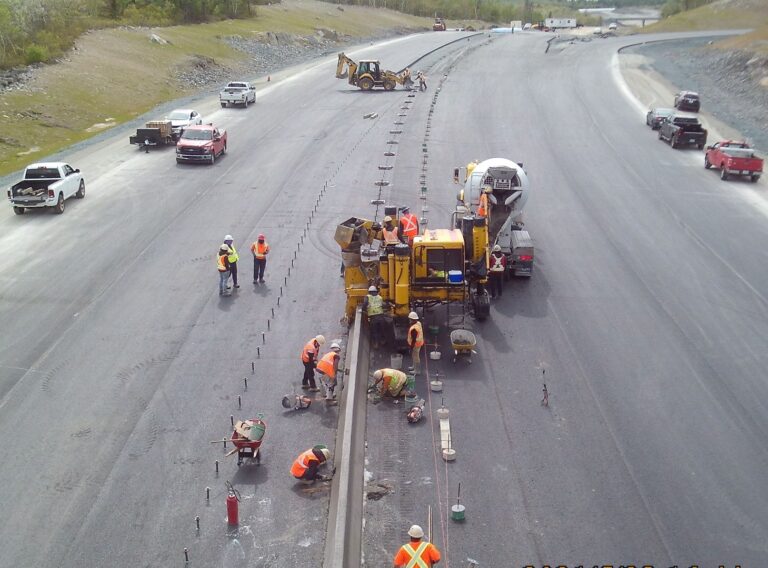Environment and Climate Change Canada marked the completion of the $180.4 million, 8-year project to install 32 state-of-the-art weather radars, and one training radar, across Canada.
“With the changing climate, it is essential to provide our meteorologists with the technology needed to issue the fastest and most accurate weather forecasts. This reliable, modern network of weather radars will give Canadians more lead time to take appropriate actions to protect themselves, their family, and their property from the effects of severe weather,” said Steven Guilbeault, Minister of Environment and Climate Change.
This state-of-the-art and sustainable network is improving the department’s ability to track severe weather events, such as tornadoes and hurricanes, at an extended range, and to issue earlier severe weather warnings. Weather radars are the primary tool used by our meteorologists to issue more precise and timely severe weather warnings. The coverage area of the new radars increased from just over one million square kilometres to over four million square kilometres, ensuring that 99 percent of Canadians live within 330 kilometres of a Canadian radar.
“A modern and reliable weather-forecasting system is essential to support our country’s growing population. Projects such as this one not only strengthen our weather-prediction infrastructure and allow Canadians to be better prepared for weather events, but also create good jobs across the country. The Government of Canada saw this project through by working in an open, fair, and transparent manner that speaks to the benefits of our procurement process, and that also represents the best value for all Canadians,” said Jean-Yves Duclos, Minister of Public Services and Procurement.
The installation of these radars represents a significant advancement in weather forecasting technology. For example, the station in King, Ontario will give forecasters a greater ability to predict severe weather in the Greater Toronto Area, Canada’s most populated urban centre. These radars provide an increase in frequency of data, with updates available every six minutes, instead of the previous 10-minute cycle. Weather information from these new radars will be used in almost every sector of the economy, including construction, health sciences, environmental management, agriculture, and transportation.
“In the face of increasingly frequent severe weather and climate extremes, Canadians are experiencing the impacts of climate change firsthand. Timely and accurate weather services are more important than ever in our preparedness and adaptation efforts. Investing in radars that are resilient and contemporary is not just a necessity, it’s a cornerstone in keeping Canadians safe,” said Adam van Koeverden, Parliamentary Secretary to the Minister of Environment and Climate Change.
The completion of the radar modernization project aligns with Canada’s National Adaptation Strategy—a shared vision aimed at transforming the way governments and Canadians work together to reduce risks by taking action before disaster strikes. Early action to prepare for, and adapt to, the changing climate can build communities and economies that are able to thrive for generations to come.
“Climate Proof Canada applauds the federal government for investing in this tangible action toward the National Adaptation Strategy. With another record-breaking year of climate-related disasters looming, a better warning system for when and where these events will occur is critical to building climate-resilient communities. In 2023, an unprecedented number of individuals, households, and communities were displaced and faced barriers to recovery, including returning home, and lasting financial and mental health impacts. With advanced detection of severe weather, residents will be more able to prepare for severe weather, protect their homes, evacuate quickly if needed, and prioritize their safety,” said Jason Clark, chair, Climate Proof Canada.
Featured image: (Environment and Climate Change Canada)











